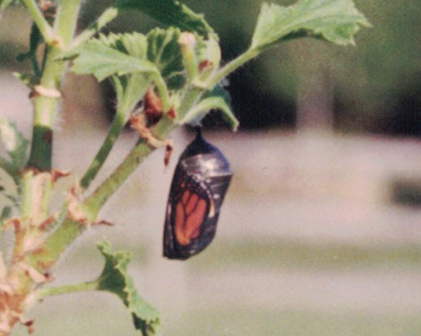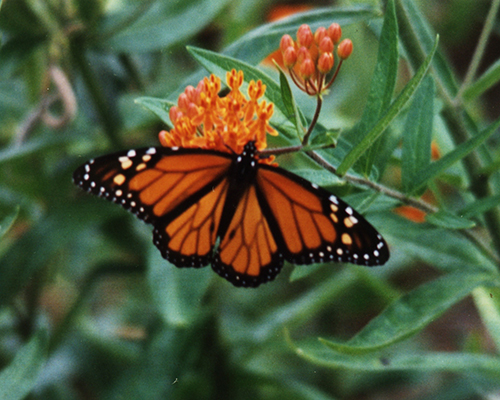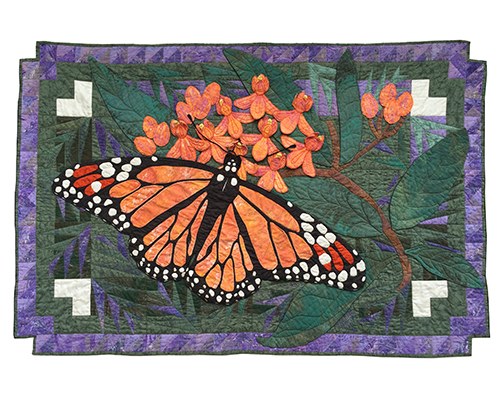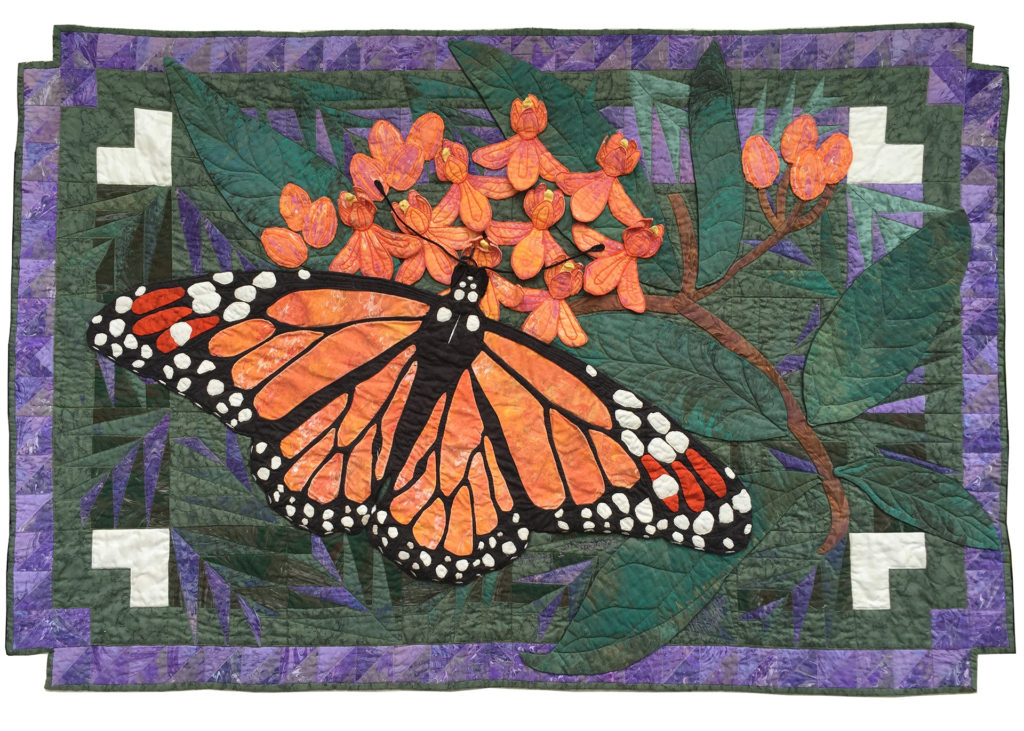Do the Arts have a place with Science, Technology, Engineering, & Math education?
There’s a debate going on… what’s the right name, what’s the right focus–STEM (Science Technology Engineering Math) or STEAM (Science Technology Engineering Arts Math).
Many people aren’t familiar with either term, but STEM has been around longer and has more traction, although it is sometimes confused with stem cell research.
The focus in education and government circles has been on improving student performance in Science Technology Engineering and Math fields, especially getting more women in these fields where they are under-represented. At the NEXT LIVES HERE conference, held on the University of Cincinnati Campus, I learned that women are also under-represented in the Arts & Design fields.
However, for parents, I think the questions are: How can I boost her creativity, problem-solving skills and academic performance, and help her to be successful in whatever field she chooses later on?
My answer: STEAM. Yes, the arts are important. Let me explain.
You never see a body-builder only working the left side of his body, right? That would be ridiculous. Left side all ripped and toned, right side thin and flabby.
So why would you only exercise the left-brain, “logical/analytical,”– with engineering, math, science subjects? Alternately, why would you only exercise the right-brain “creative,”– with arts?
Somehow we think we can do only one and be our best at that one side. People who do both build stronger corpus-callosums, building stronger creativity & problem-solving skills. Remember Leonardo Da Vinci? He was famous for his paintings, including the Mona Lisa, as well as for his engineering sketches and inventions. He had the whole package.
I have always loved the arts–drawing, painting, sketching, working in clay, and other mediums, including sewing,–but I also loved science and math. In fact, I liked most of my subjects–I had great teachers who made their content interesting, and I worked hard in all their classes. But my real challenge was choosing between art & design, or engineering as a career. I chose engineering, but I never gave up art. It has always been a part of me, sometimes in drawing cartoons of events at work, more recently in my quilt designs and other design projects.
When I started working on my Ph.D. in materials engineering in 1993, I had just taken up quilting. I was also rearing monarch butterfly caterpillars (butterfly gardening being a side-hobby). I dropped to a part-time work schedule at GE to speed through my “period of concentrated study” at the University of Dayton, so had more flexibility to watch my caterpillars pupate (transform into the chrysalis stage), and later emerge from their chrysalises, expand their wings and take off for their first flight. But this time, I was observing through the eyes of an engineer, and what I saw amazed me.
The monarch butterfly is unpalatable to birds due to the milkweed plants the caterpillars feed on. So I found them easier to observe than the black swallowtail caterpillars I was also rearing. The monarch chrysalis is a beautiful jade green with gold accents, but the walls become transparent 24 hours before the butterfly is ready to emerge. I could clearly see the small forewing of the butterfly pressed up against the side of the chrysalis wall, measuring 0.675″ long along the hypotenuse of the triangle the wing makes. Fully expanded, the wing measured about 2.1″ long, an expansion of over 300%. The wings started out soft, but fully hardened within ~ 1.5 hours to be flight ready. This process is called sclerotization by those who study insects, but a materials engineer would consider it a polymerization process, and a rapid one at that–with control and speed not seen in industrial plastics production.
I was amazed at this engineering feat, and had to express my awe through art… in this case, a quilt. My third quilt to be exact. The pictures below show chrysalis, adult monarch, and my quilt.



I had to do a paper for my Materials Selection course, and with my professor’s approval, did a tongue-in-cheek paper on “Materials Selection Process for a Butterfly Wing Design, with extensions to scuba find design and other applications.” I wanted to learn more about the butterfly–how those materials enabled flight, and my professor, Dr. James Snide, knew there were papers studying insect flight. So I learned about unsteady aerodynamics, the clap and fling, and much more. I also drew the analogy between a hummingbird hovering, and the motions my arms make while treading water. This later turned into an analogy between a marbling bath (used to print fabric… which I learned about through my passion for quilting), and a wind tunnel to study aerodynamics. I was able to make fabric prints of turbulent flow from a clap and fling motion, as well as steady-state, and turbulent flow around airfoils.
Throughout my Ph.D., I worked hard at my classes and dissertation work, which was related to my work at GE. But I often changed gears in the evening, working on creative quilting projects, like my monarch quilt. It gave me a creative break, while still working my mind. I believe it helped my creativity in solving technical problems on my dissertation topic.
So, back to STEM vs STEAM? We need to work both our right-brain and left-brain. Schools used to do well at art… and so the recent focus has been on boosting science and math. But we need to show the relevance for math–which is one of my goals with this site. And we still need the creative problem-solving that is so accessible with art, without fear of failure or judgment. It is safer to play and create and push boundaries with art, and we can transfer those creative skills to other disciplines.
My recipe for a super summer… unscheduled time to play and create–in whatever field or media you choose.
What’s your favorite thing to do in the summer? Let me know!
Cheers!
– Marsha Tufft

